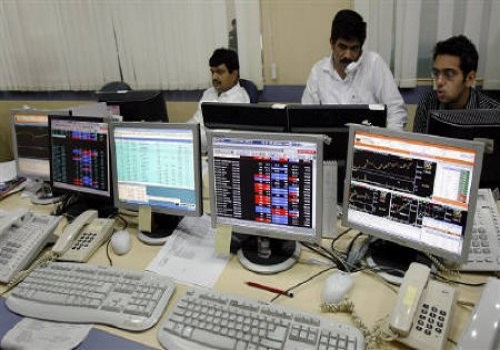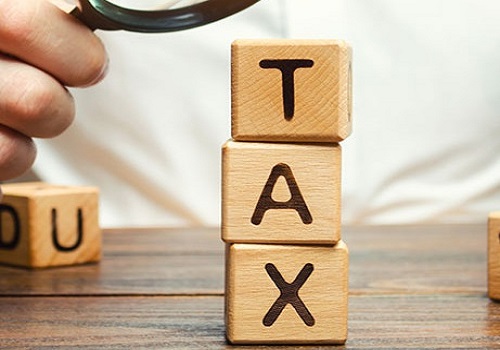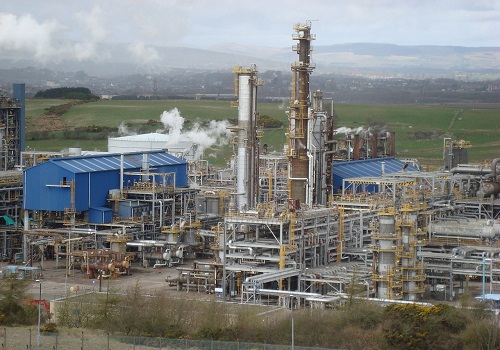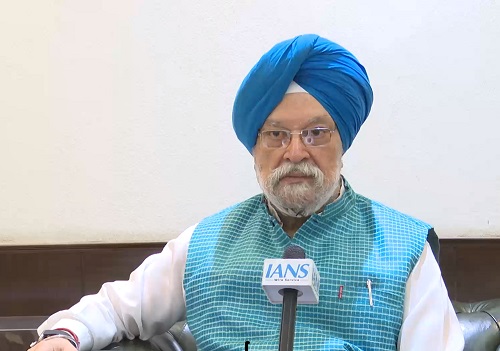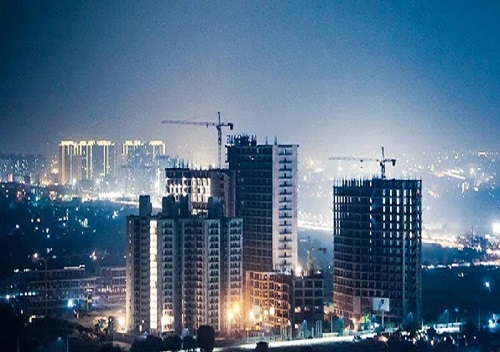India`s natural gas consumption likely to record 60 pc jump by 2030: Study
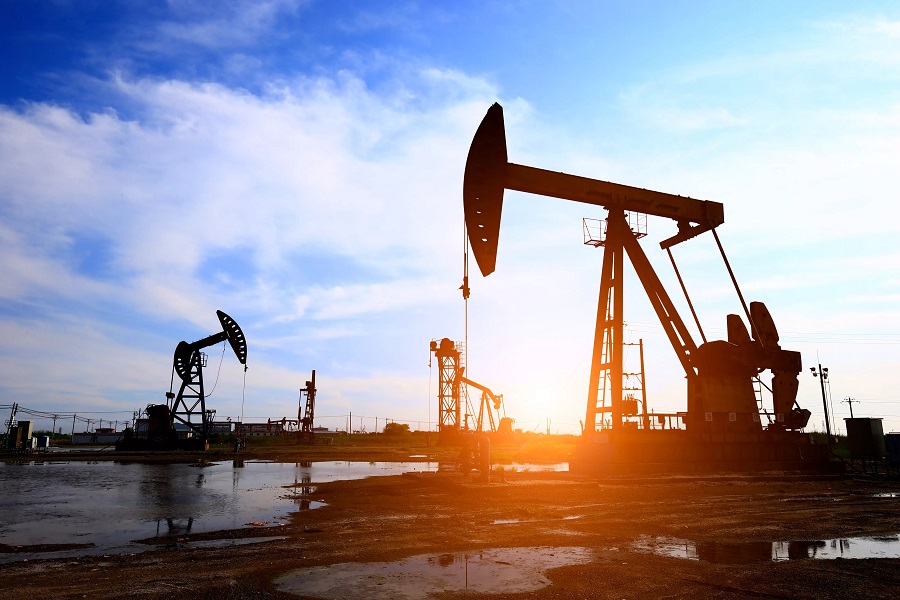
India's natural gas consumption is likely to rise by close to 60 per cent by 2030 as the country seeks to reduce dependence on oil imports and switch to cleaner fuels for running vehicles, cooking in household kitchens and industrial use, according to a study by the Petroleum and Natural Gas Regulatory Board (PNGRB).
The demand has been considered for fertiliser, power, refineries, petrochemical, other industrial and commercial establishments, households as well as Compressed Natural Gas (CNG) and Liquefied Natural Gas (LNG) as transport fuel in the energy basket through 2030 and 2040, the report said.
Consumption of natural gas is expected to rise from 188 million standard cubic metres per day in 2023-24 to 297 mmscmd by 2030 under the 'Good-to-Go' scenario, which assumes moderate growth and developments based on current trends and commitments, the report observed.
The consumption is projected to rise further to 496 mmscmd by 2040 under the same scenario.
Under the 'Good to Best' scenario that considers accelerated progress, favourable policy implementation, and enhanced investments leading to higher-than-expected growth, consumption could rise to 365 mmscmd by 2030 and 630 mmscmd by 2040.
The government is aiming to raise the share of natural gas in the country's primary energy basket to 15 per cent by 2030 from the current 6-6.5 per cent. Gas is being considered the bridge fuel as the country transitions away from polluting fossil fuels to clean energy to achieve its net-zero emission target by 2070.
The PNGRB has already developed gas infrastructure across 307 Geographical Areas, covering the entire country except islands, ensuring widespread access to natural gas across domestic, commercial, industrial, and transportation segments, the report pointed out.
"The City Gas Distribution (CGD) sector is expected to be the primary growth driver, with consumption projected to grow 2.5 to 3.5 times by 2030 and 6 to 7 times" by 2030 from a base of 37 mmscmd in FY24, according to the report.
The upsurge in Refinery and Petrochemical, especially renewed focus on petrochemical integration, will provide a new growth leg. Consequently, the petrochemical sector is expected to contribute significantly, as the Petroleum Intensity Index is projected to improve 15 per cent by 2030 and 25 per cent by 2040. Other Sectors like Power, Fertiliser, Iron and Steel, etc. are projected to grow moderately.
LNG as a long-haul transportation fuel could be a game changer, with the potential to play a pivotal role in replacing Diesel. LNG trucking is projected to gain momentum post-2030, with the potential to emulate China’s success in reducing diesel dependency, the report pointed out.
Currently, India's natural gas production meets only around 50 per cent of its demand. As demand is expected to grow significantly by 2030 and 2040, dependence on LNG will increase to bridge the demand-supply gap. Such a growth would result in a doubling of LNG imports by 2030. The expected increase in global LNG availability beyond 2026 may offer better prices of long-term LNG prices, which would facilitate the consumption of LNG in the price-sensitive industrial and transport sector in the country, the report said.


